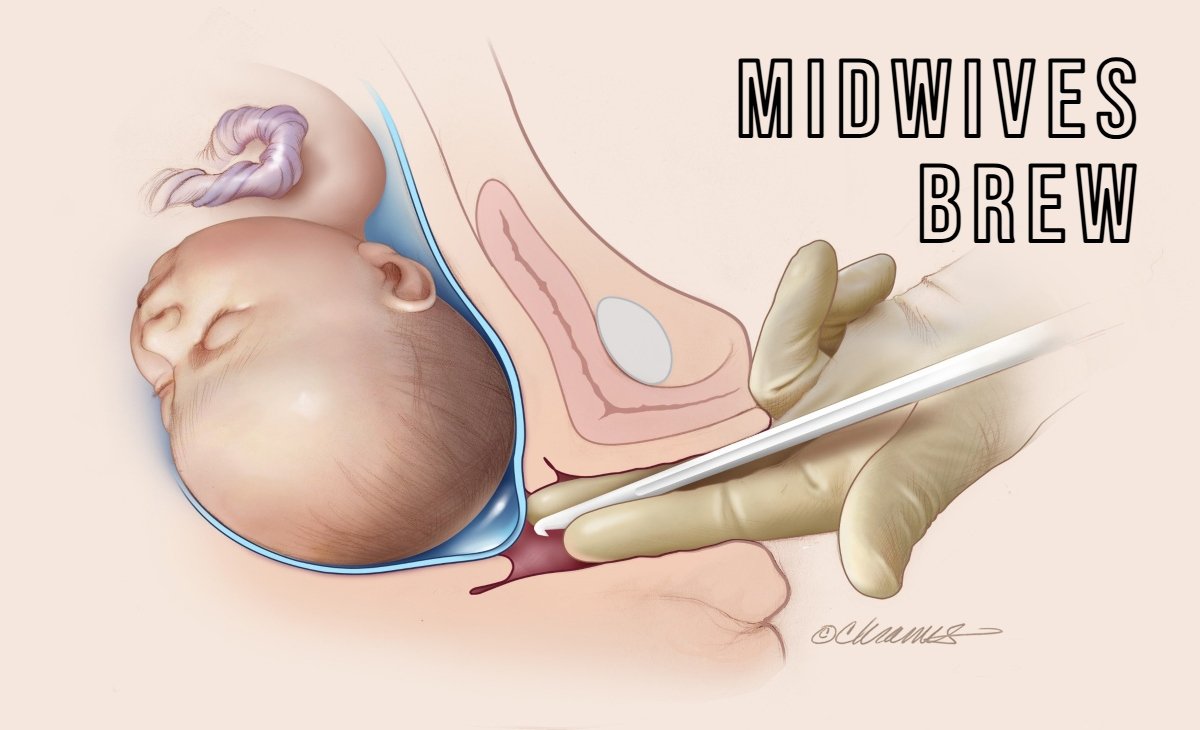Childbirth is one of life’s greatest miracles, and many expectant mothers wish for a natural, smooth beginning to this profound journey. Enter midwives brew, an old-school natural remedy whispered through generations of birthing wisdom. With the ever-growing trend toward holistic and natural approaches, midwives brew stands tall as a trusted ally for many moms-to-be, offering a promising, albeit controversial, method for gently coaxing labor to start.
Midwives Brew is the hero of many birth stories yet remains shrouded in mystery for others. Some hail it as a labor miracle worker, while others tread with caution. Nevertheless, this herbal concoction continues to spark hope among those yearning for a natural start to their labor. Let’s dive deeper into this intriguing remedy and unveil every essential detail you need to know.
What Exactly Is Midwives Brew?
Midwives brew is a traditional blend typically made with castor oil, almond butter, lemon verbena tea, and apricot juice. The powerful mix is believed to stimulate the uterus and gastrointestinal system, prompting contractions that can potentially lead to labor. It is often recommended by midwives under specific conditions when the mother is full-term and ready for delivery. While it sounds deceptively simple, the chemistry between these ingredients is what makes it so fascinating.
You May Also Like: PDO Threads: The Future of Minimalist Aesthetic Treatments
The Historical Roots of Midwives Brew
The use of natural substances to encourage labor dates back centuries. Traditional cultures around the world have utilized herbal remedies to assist with childbirth. Midwives brew, although modernized in its ingredients today, owes its roots to ancient midwifery practices where castor oil, in particular, was a favored tool to stimulate labor naturally. Over time, the recipe evolved to include ingredients like almond butter and apricot juice to make it more palatable and effective.
How Midwives Brew Works in the Body
The main engine behind the brew’s power is castor oil. Castor oil acts as a strong laxative, stimulating the bowels and, by extension, the nearby uterus. This stimulation can sometimes trigger contractions that mimic the onset of true labor. The combination with other ingredients, like almond butter, aims to coat the stomach lining and reduce the harsh side effects of castor oil, making the experience somewhat smoother for the mother-to-be.
Ingredients You Need for Midwives Brew
You might be surprised to learn that all the ingredients needed for midwives brew are relatively easy to find. Here’s the typical lineup:
-
Two tablespoons of castor oil
-
Two tablespoons of almond butter
-
250 ml of lemon verbena tea
-
250 ml of apricot juice
Each ingredient serves a purpose, from stimulating uterine contractions to easing digestion, making the brew both potent and tolerable.
When to Consider Drinking Midwives Brew
Timing is critical when considering midwives brew. It is generally only suggested when a woman is at least 39 weeks pregnant and under a healthcare provider’s guidance. The body needs to be ready for labor to begin naturally. If the cervix isn’t softening or dilating, or if there’s no sign of the body gearing up for delivery, the brew might not work at all and could simply cause uncomfortable side effects.
Is Midwives Brew Safe for Everyone?
While many women have reported success with midwives brew, it is not suitable for everyone. It can cause intense cramping, diarrhea, dehydration, and nausea. These side effects, while manageable for some, can be distressing for others. Women with certain medical conditions, such as gastrointestinal issues or high-risk pregnancies, are usually advised against using this method. Always consult a trusted healthcare provider before trying midwives brew.
Common Side Effects After Drinking Midwives Brew
Understanding the side effects can help you prepare mentally and physically. Some commonly reported after drinking midwives brew include:
-
Nausea and vomiting
-
Diarrhea
-
Intense cramping
-
Fatigue due to dehydration
-
Uterine contractions that do not progress into labor
Although these side effects may seem daunting, many women report that the discomfort is worth it for the reward of holding their baby shortly afterward.
Real Moms’ Experiences with Midwives Brew
Countless birth forums are flooded with midwives brew success stories. Some women have gone into active labor within hours of drinking it, while others needed additional interventions despite the brew. Each story shares a common thread of hope, courage, and determination. It’s heartwarming to hear about mothers who were able to avoid medical induction thanks to this home remedy, emphasizing the powerful bond between tradition and modern birth choices.
Debunking Common Myths About Midwives Brew
There’s no shortage of myths surrounding midwives brew. Some believe it works every time, while others think it’s a guaranteed trip to the bathroom with no labor in sight. The truth lies somewhere in between. Like many natural remedies, results vary widely. Its success depends on factors like how ripe the cervix is, the baby’s position, and the mother’s overall readiness for labor.
Alternatives to Midwives Brew for Inducing Labor Naturally
For those who feel uneasy about trying midwives brew, there are other natural ways to encourage labor:
-
Walking or gentle exercise
-
Acupuncture
-
Nipple stimulation
-
Evening primrose oil
-
Red raspberry leaf tea
These methods are often recommended alongside or instead of drinking midwives brew, depending on personal preference and medical advice.
Midwives Brew: Final Thoughts Before You Sip
Choosing to try midwives brew is deeply personal. It can be tempting to rush nature along, especially when you’re uncomfortable, excited, and emotionally ready to meet your baby. However, it’s vital to remember that labor begins best when the body and baby are both ready. A mindful, informed decision coupled with your healthcare provider’s support will always be your best guide.
FAQs About Midwives Brew
How soon can midwives brew start labor?
Many women report feeling contractions within three to six hours after drinking midwives brew, but individual results vary widely.
Can I drink midwives brew before 39 weeks?
It’s strongly discouraged to try midwives brew before reaching full term, which is around 39 weeks, to avoid preterm labor complications.
What should I do if midwives brew doesn’t work?
If labor doesn’t start after drinking midwives brew, stay hydrated, rest, and consult your healthcare provider for next steps.
Are there any risks to the baby with midwives brew?
When used appropriately under medical supervision, risks are minimal, but it can cause fetal distress if labor is too intense or rapid.
Can I make midwives brew without lemon verbena tea?
Yes, if lemon verbena tea is unavailable, some women substitute it with another mild herbal tea, but always check with your provider first.
Why does almond butter need to be included?
Almond butter helps reduce nausea and coats the stomach lining, making castor oil easier on your digestive system.
Conclusion
Midwives brew offers a natural option for moms who are ready and eager to meet their little ones but want to avoid medical induction. It has been a beloved secret among midwives for decades, blending tradition with the hope of a timely delivery. Still, like all things in pregnancy, knowledge, caution, and support are key. Trust your body, lean on your healthcare team, and welcome the new chapter of motherhood with confidence and grace.








